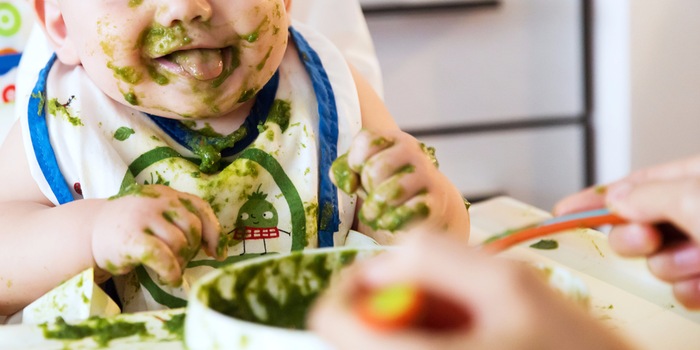
WHO warns against high sugar content in baby food
According to two new studies by the WHO Regional Office for Europe, baby food is often over-sugared. Obesity and tooth decay are possible consequences of the high sugar content.
Based on studies, the World Health Organisation (WHO) recommends that all mothers breastfeed their babies exclusively for the first six months. Breast milk is good for preventing obesity and diet-related, non-communicable diseases and for promoting a healthy diet.

Nevertheless, there are many mothers who cannot or do not want to breastfeed. They have to switch to alternative products and are therefore reliant on the items available in the shop. Unfortunately, there are still many over-sugared products available, which are also inappropriately advertised. The two new studies from the WHO Regional Office for Europe now reveal this.
Almost 8000 products were analysed
From November 2017 to January 2018, the WHO scrutinised almost 8,000 foods and drinks marketed for babies and young children. In addition to the data on nutritional value and other information on the packaging and labelling, they also examined the advertising methods. The selected foods came from four cities: Budapest, Haifa, Sofia and Vienna.
Foods for infants and young children should comply with various established nutritional recommendations and recommendations for the composition of foods. This is according to the WHO's press release. However, according to Dr João Breda, Head of the WHO European Office for the Prevention and Control of Noncommunicable Diseases, there are still concerns that many products continue to contain far too much sugar.
The concerns are proving true. According to the two studies, more than 30 per cent of the calories contained in the products are accounted for by the total sugar content. This is sugar, fruit juice concentrate or other sweeteners. The corresponding flavourings and added sugar lead to children preferring sweeter foods in the future, which in turn has an impact on their health.
Packaging is geared towards children
Another problem is the marketing of products. Manufacturers deliberately try to appeal to children by including cartoon images or child-friendly designs. Between 16 and 53 per cent of products are affected by this. The WHO study found evidence that foods for infants and young children are inappropriately advertised and that the global guidelines for ending inappropriate marketing of foods for infants and young children are not being adhered to. These guidelines were defined in 2016 to support countries in taking appropriate action.
Choice of products
The 7,955 products examined included ready-to-eat cereals and porridges, dried cereals and porridges, various juices, powders, soups and purees, meat or fish meal, as well as biscuits, waffles, pureed desserts and yoghurt. Between 28 and 60 per cent of the products were marketed for infants under six months of age. This violates the global guidelines as well as the international code for the marketing of breastmilk substitutes, which was established in 1981.
I’m the cook, cleaner, police officer, nurse, entertainer, motivator, author, storyteller, coach, organiser, chauffeur, lawyer and judge. To put it simply, I’m a mum to a daughter and not just a (Content) Manager at the office but also at home.
From the latest iPhone to the return of 80s fashion. The editorial team will help you make sense of it all.
Show all